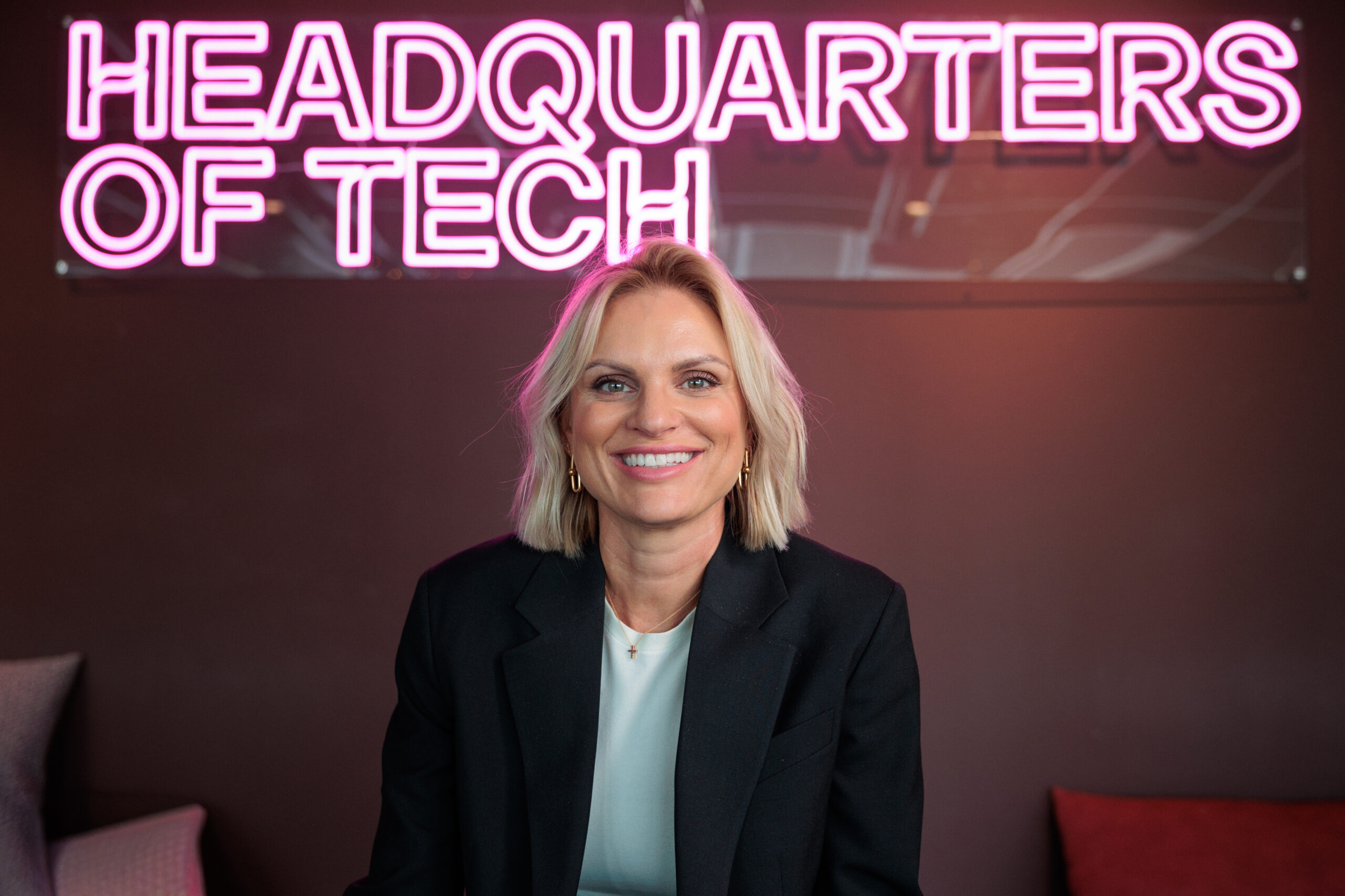When Nature Strikes: How AI Can Protect the Energy System from the Next Crisis
When Nature Strikes: How AI Can Protect the Energy System from the Next Crisis
In a previous article, we showed how AI can move from hypothesis to practice in the power grid, with predictive forecasts, smarter flows, and proactive maintenance. But what happens when the challenge is no longer about efficiency, but pure survival?
Natural disasters such as earthquakes, storms, and floods threaten not only people and buildings. They also strike directly at the energy system, the lifeblood of our societies. A collapsing grid can leave hospitals without power, railway networks without traffic control, and municipalities without water supply. Here, AI can make the difference between a controlled shutdown and a chaotic blackout.

The Seconds That Save Infrastructure
AI-driven earthquake warning systems are already in use today. Google, for example, has developed a global Android-based system that collects data from hundreds of millions of smartphones, even in parts of Europe and Sweden. It can send alerts seconds before the strongest vibrations reach the ground. At home, the Royal Institute of Technology (KTH) is developing a sensor network within the ArtEmis project, where AI analyzes data from ground movements, water levels, and radon to detect early signs of earthquakes.
For the energy sector, this means that power grids can be shut down in a controlled way instead of collapsing, gas networks can cut off flows to reduce the risk of accidents, nuclear power plants can go into safety mode, and hydropower facilities can release pressure on dams. Studies show that even a 3, 60 second head start can drastically reduce damage and accidents, in some scenarios by as much as 90, 95 percent.
And research continues. Thanks to the combination of geophysical models, satellite data, and synthetic simulations, we are getting closer to warnings that extend beyond seconds, sometimes minutes and, in the long run, perhaps hours. This opens entirely new opportunities: energy companies can prepare maintenance teams, secure critical functions, and coordinate with authorities in time.
An Energy System on Alert
AI can protect different parts of the energy system at several levels. In the power grid, warnings can be connected directly to control rooms, where automatic switching ensures that the grid shuts down in a controlled way or isolates smart microgrids to keep hospitals and emergency services running. Gas networks can be monitored by sensors that, combined with AI, more quickly detect pressure changes and thus reduce the risk of explosions. In nuclear power, there is potential to integrate AI into safety systems that put plants into safe mode before vibrations hit, while explainable AI (XAI) provides transparency for regulators. And in hydropower, AI can simulate loads on dams, control flows in real time, and combine data with climate forecasts to manage risks from rising water levels.
The Core of the Technology
The strength of these systems lies in advanced AI methods. Federated learning makes it possible for energy companies, authorities, and other stakeholders to train models together without sharing sensitive raw data. Explainable AI makes decisions transparent and strengthens trust among regulators and customers. And with sensor fusion from fiber optics, satellites, and IoT devices, AI can process massive amounts of data in real time using cloud and edge technologies.
Five Insights for Executives and Boards
For the energy sector, the question is not if, but when the next natural disaster strikes. AI is already here, but how do you seize the opportunities? Here are five insights for company executives and boards:
- Integrate AI warnings in the control room. Decision support must be linked to automated processes for electricity, gas, nuclear, and hydropower.
- Practice acting. Technology alone doesn’t save lives. Routines and trained staff who know what to do when alarms go off are essential.
- Build cross-border collaboration. Natural disasters respect no borders. Through federated learning and data sharing, resilience can be strengthened regionally.
- Know your infrastructure. Do you know which parts are most vulnerable to the next disaster, and how they can be protected?
- Include AI in crisis planning. AI should not only be seen as an optimization tool, but as a central part of protecting critical infrastructure.
Conclusion
AI in the energy sector is not a technical detail, but a strategic issue. It affects social responsibility, risk profile, and trust, and can be decisive when the next natural disaster strikes. Going forward, the real difference will be which actors succeed in scaling the technology responsibly and making AI a cornerstone of preparedness to protect society’s most critical infrastructure.

Get in touch!
Get in touch!
Choose your nearest office, looking forward to hear from you!
Region Norrköping/Linköping
































































